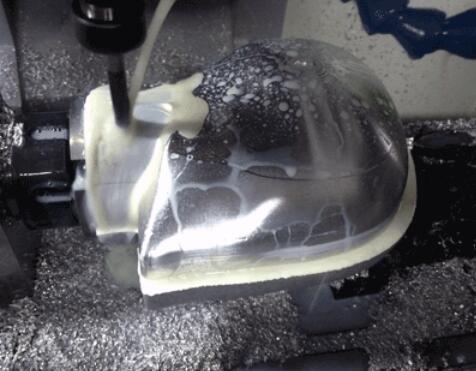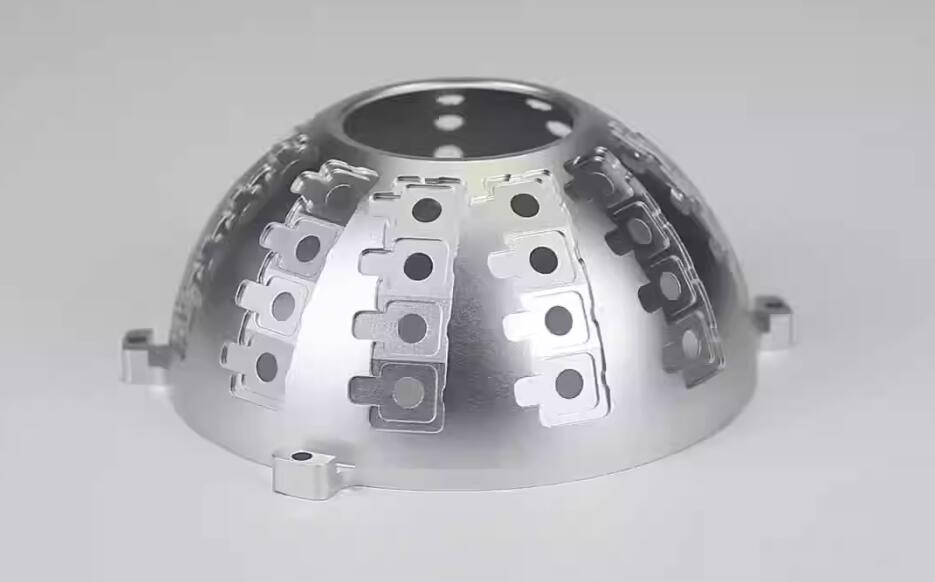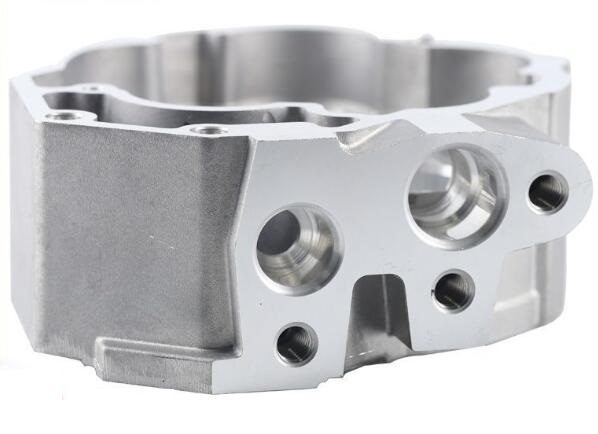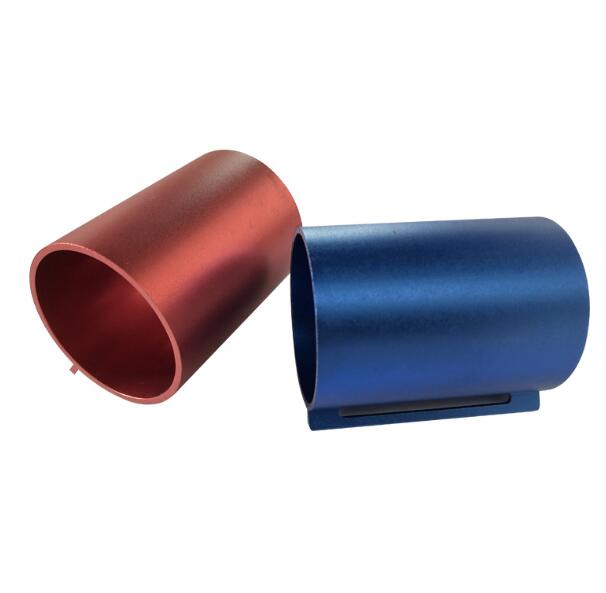While magnesium brings many advantages to the table, its high reactivity and flammability require the utmost attention to safety during machining. Here are some crucial safety tips to consider while machining magnesium:
Use Appropriate Cutting Fluids: As previously discussed, the selection of cutting fluids is crucial. Always choose fluids that don’t react with magnesium, typically petroleum or oil-based fluids.
Maintain Cleanliness: Magnesium chips and dust can be highly flammable. Regular cleaning of the machining area and proper disposal of magnesium chips or dust is essential. Never leave magnesium chips in areas where they may come into contact with water or other reactive substances.
Proper Ventilation: Adequate ventilation is critical to disperse any magnesium dust that could be ignited.
Prohibit Smoking and Open Flames: Given the flammable nature of magnesium, the machining area should be a strictly no-smoking zone. Open flames and sparks must also be strictly prohibited.
Fire Safety Measures: Always have Class D fire extinguishers readily available in areas where magnesium is machined or stored. It’s crucial to remember that magnesium fires can’t be extinguished using water or a standard fire extinguisher. In fact, water can exacerbate the situation as it reacts with burning magnesium to produce hydrogen, a highly combustible gas.
Appropriate Training: All operators involved in machining magnesium should be adequately trained on safety protocols and how to respond in case of a fire. Remember, knowledge and preparedness can significantly mitigate risks.
Safety Gear: Operators should wear safety gear, including safety glasses, gloves, and fire-resistant clothing.
Avoiding Tight Clearance Angles: When machining magnesium, it is crucial to avoid tight clearance angles. This is because machining with tight clearance angles often results in the formation of longer, unbroken chips which can pose significant safety risks.
These longer chips can easily entangle with the rotating parts of the machine, leading to possible equipment damage and worker injury. Moreover, due to magnesium’s flammable nature, these chips can also pose a serious fire hazard if they start to heat up.
Therefore, it’s best to use tools with larger clearance angles. This reduces the contact between the tool and the workpiece, leading to lower heat generation and smaller chip sizes, thereby minimizing the risk of fire.
Making Discontinuous Chips: Discontinuous chips, as opposed to continuous ones, break off frequently during the machining process. This prevents chip entanglement, reduces heat buildup, and minimizes the risk of ignition.
To achieve this, you can adjust cutting conditions, like reducing cutting speed or feed rate. Selecting appropriate tool geometry and using sharp cutting tools can also promote the formation of discontinuous chips. Furthermore, using suitable cutting fluids can also help cool the process and reduce the chances of the chips igniting.





